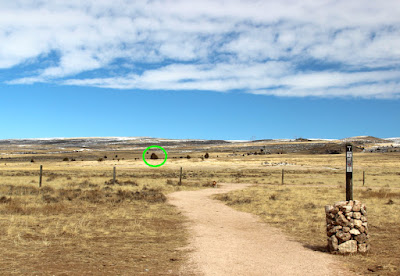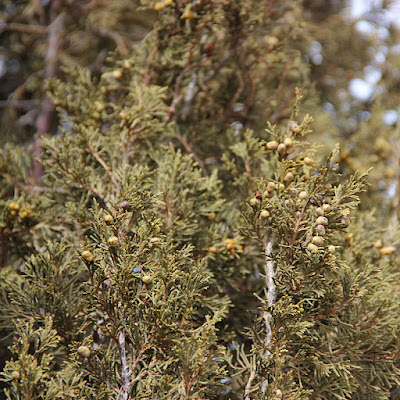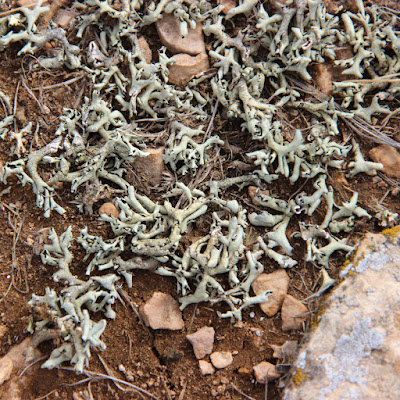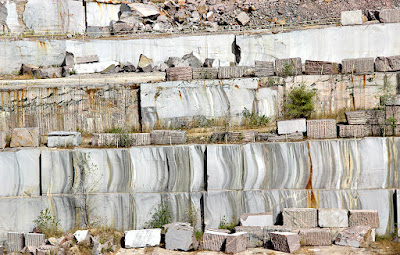 |
| Granite quarry near Milbank, South Dakota, in the southwest part of the Superior Craton. |
 |
| "Craton" comes from the Greek word κράτος, meaning strength. |
Seeing the Craton
Northeast South Dakota, sculpted by glaciers,landscapes so young, almost infantile,ice melted just 12,000 years ago.Glacial floods scoured a deep oversizedvalley for the Minnesota River.
I went there to see the craton.
Craton—aged worn-down but strong
rocks hinting at what they once were:volcanic, sedimentary, intrusive2.6, 3.5, maybe even 4 billion years ago.Older even than plate tectonics—mad dance of Earth's giant platesrecycling crust and leaving noneolder than ca. 2 billion yearsexcept for cratons.
Cratons, why are you still here?!You reside on every continentyet we know so little.
Perhaps these elderly cratonswear exceptionally thick undercoatsdonned before tectonic chaos began,back when mantle was hottersolidifying into stronger threads.Will they ever tell us?
"cratons are like great-grandmothers at family gatherings, while younger crust moves excitedly around them, they sit quietly, occasionally remarking on how different things were when they were young." Simon Wellings, Cratons – old and strong
 |
| Milbank granite holds a high gloss polish (note reflections); Dakota Granite offices. |
 |
| Inside the Milbank Chamber of Commerce building. |
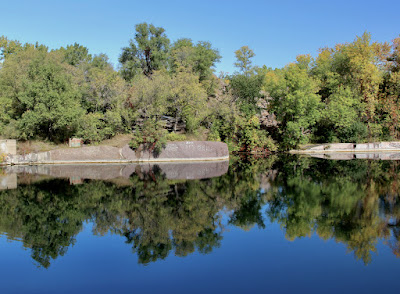 |
| Old quarry, now accessible to the public (45.2085101 -96.5168962). |
Sources
Frost, CD, et al. 2023. Creating Continents: Archean Cratons Tell the Story. GSA Today 33.Kirk, K. 2023 (March). Dakota Mahogany: Core of the Continent. Natural Stone Institute.
Paul, Jyotirmoy. 2021. Cratons, why are you still here? Eos, 102, 25 March.
Wellings, S. 2012 (December). Cratons – old and strong Metageologist

